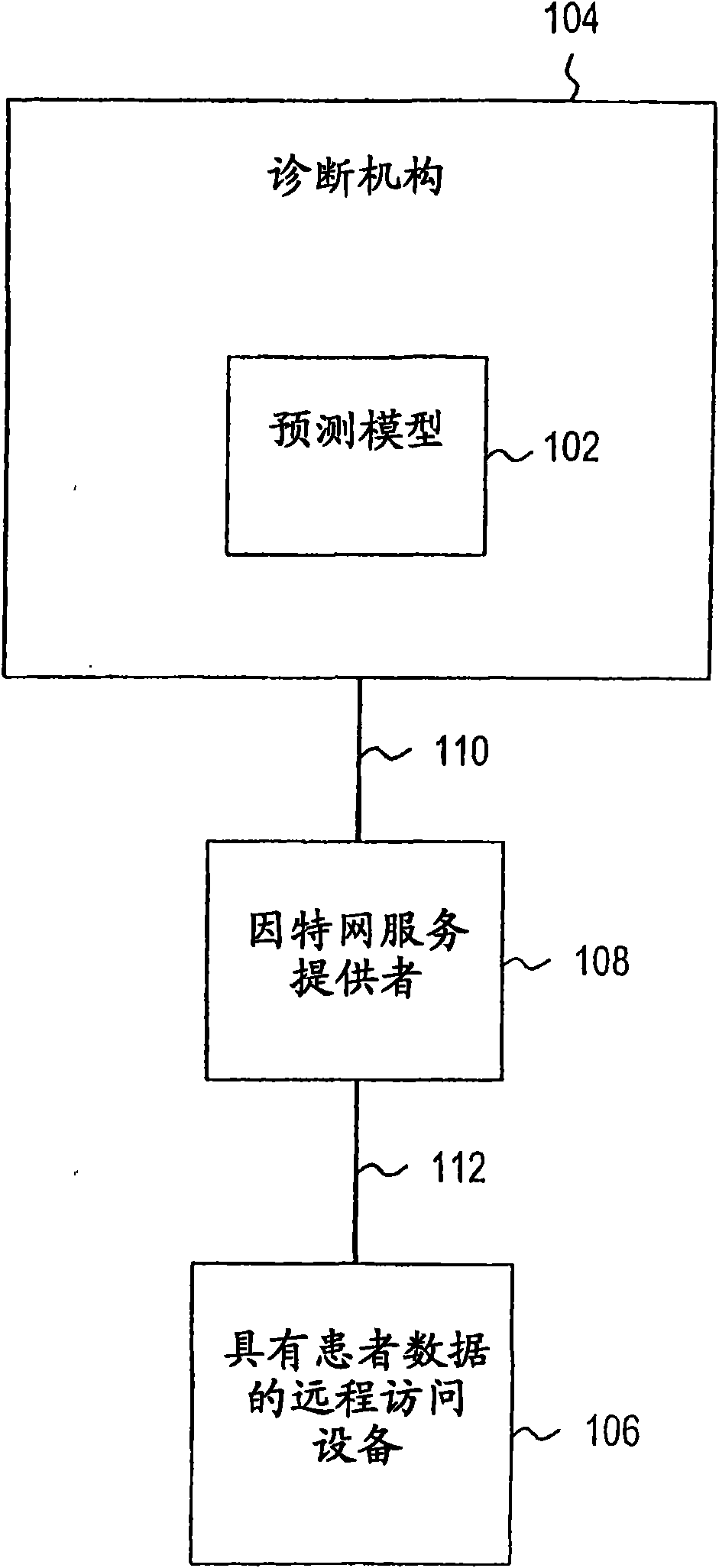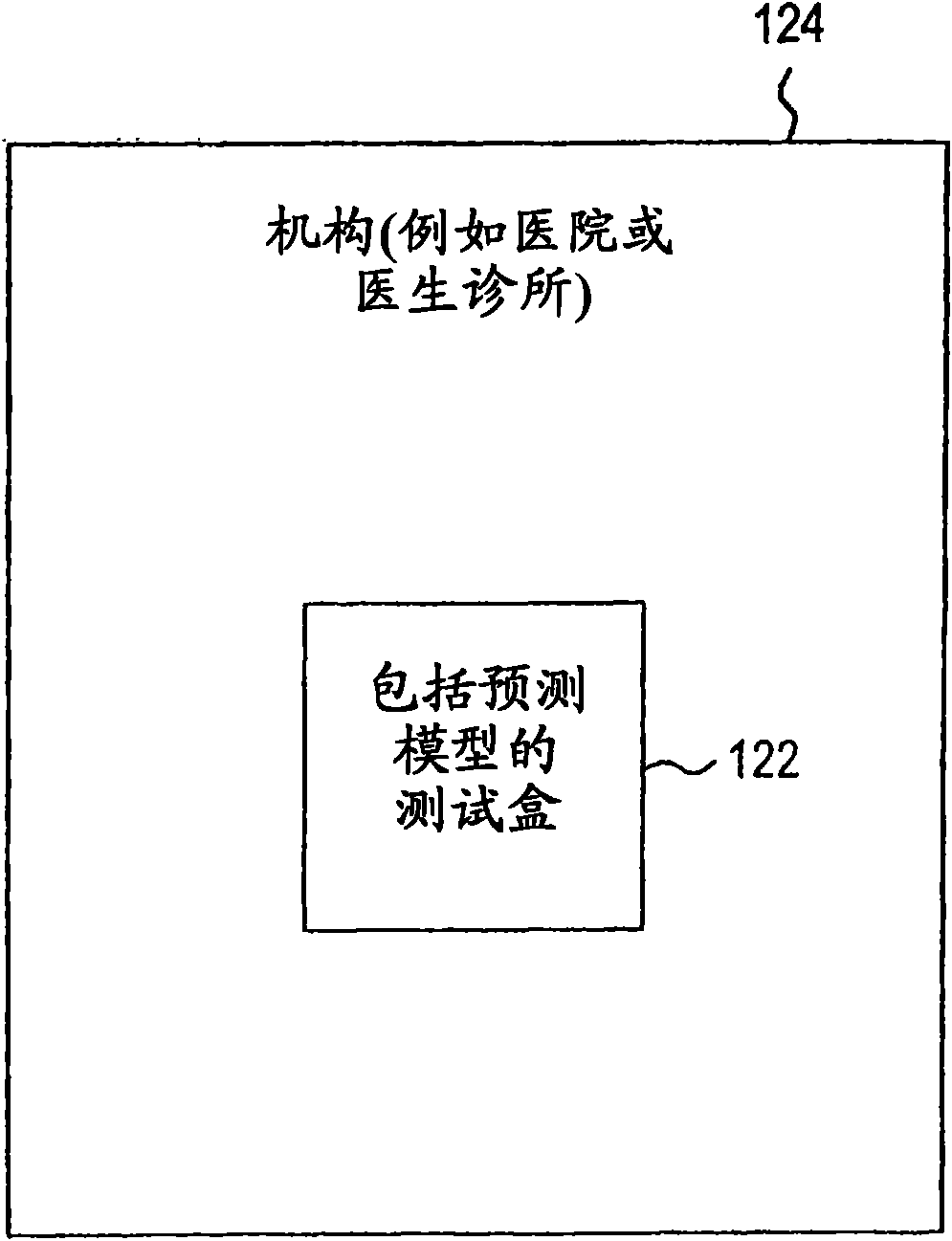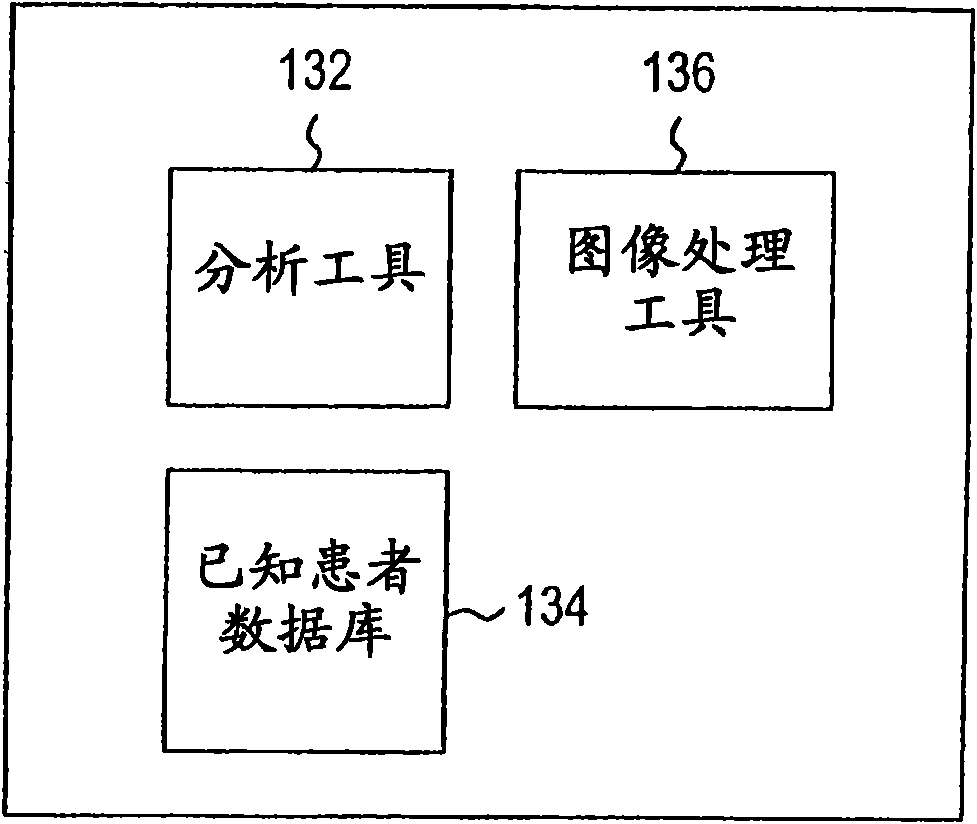Systems and methods for treating, diagnosing and predicting the occurrence of a medical condition
A technology for measuring values and patients, applied in the fields of medical automation diagnosis, medical informatics, informatics, etc., which can solve the problems of insufficient cancer image analysis system and complex tissue images.
- Summary
- Abstract
- Description
- Claims
- Application Information
AI Technical Summary
Problems solved by technology
Method used
Image
Examples
Embodiment 1
[0133] Example 1: Prediction of prostate cancer recurrence
[0134] Clinical and Morphometric Data
[0135]A number of raw morphometric features initially up to 500 were extracted from each prostate tissue image using the MAGIC tissue image analysis system based on Definiens Cellenger software. The original feature corpus is selected agnostically to avoid ignoring potentially useful features. However, it is impossible for all these morphometric features to provide the same amount of information, and the predictive model constructed based on the full set of features is likely to have poor predictive performance due to the "curse of dimensionality" [13]. Therefore, a dimensionality reduction method was employed, and finally a set of 8 morphometric features was selected.
[0136] The study was conducted on a subset of 153 patients in the cohort of prostate cancer patients undergoing radical prostatectomy. Prostate cancer recurrence (also known as biochemical recurrence (BCR)) ...
Embodiment 2
[0144] Example 2: Prediction of Prostate Cancer Recurrence and Overall Survival
[0145] Clinical, Morphometric and Molecular Data
[0146] Two studies were conducted that successfully predicted prostate-specific antigen (PSA) recurrence with prediction accuracy of 88% and 87%, respectively. Combining clinical, molecular, and morphometric features with machine learning creates a powerful platform with broad applications in patient diagnosis, treatment management, and prognosis. A third study was conducted to predict overall survival in prostate cancer patients, where the target outcome was death from any cause.
[0147] A cohort of 539 patients who underwent radical prostatectomy was studied in conjunction with high-density tissue microarrays (TMA) constructed from prostatectomy samples. Morphometric studies were performed using hematoxylin and eosin (H&E) stained tissue sections, and molecular biological determinants were assessed by immunohistochemistry (IHC). Predictive ...
Embodiment 3
[0264] Example 3: Prediction of Aggressive Disease Secondary to Prostatectomy
[0265] Clinical and Morphometric Data
[0266] This study was conducted to predict secondary aggressive disease (ie, clinical failure, confirmed by positive bone scans indicative of bone metastases from prostate cancer) in patients undergoing prostatectomy. Prior to the present invention, accurate analytical tools to provide such predictions did not exist. As noted above, the systems pathology approach of the present invention has been shown to accurately predict PSA recurrence. This study demonstrates that the invention can also be used to accurately predict distal bone metastases following prostatectomy.
[0267] A cohort of 119 patients who underwent radical prostatectomy was studied in conjunction with tissue microarrays (TMA) constructed from prostatectomy samples. Morphometric (i.e., image analysis) studies were performed using hematoxylin and eosin (H&E)-stained tissue sections, using a p...
PUM
 Login to View More
Login to View More Abstract
Description
Claims
Application Information
 Login to View More
Login to View More - R&D
- Intellectual Property
- Life Sciences
- Materials
- Tech Scout
- Unparalleled Data Quality
- Higher Quality Content
- 60% Fewer Hallucinations
Browse by: Latest US Patents, China's latest patents, Technical Efficacy Thesaurus, Application Domain, Technology Topic, Popular Technical Reports.
© 2025 PatSnap. All rights reserved.Legal|Privacy policy|Modern Slavery Act Transparency Statement|Sitemap|About US| Contact US: help@patsnap.com



